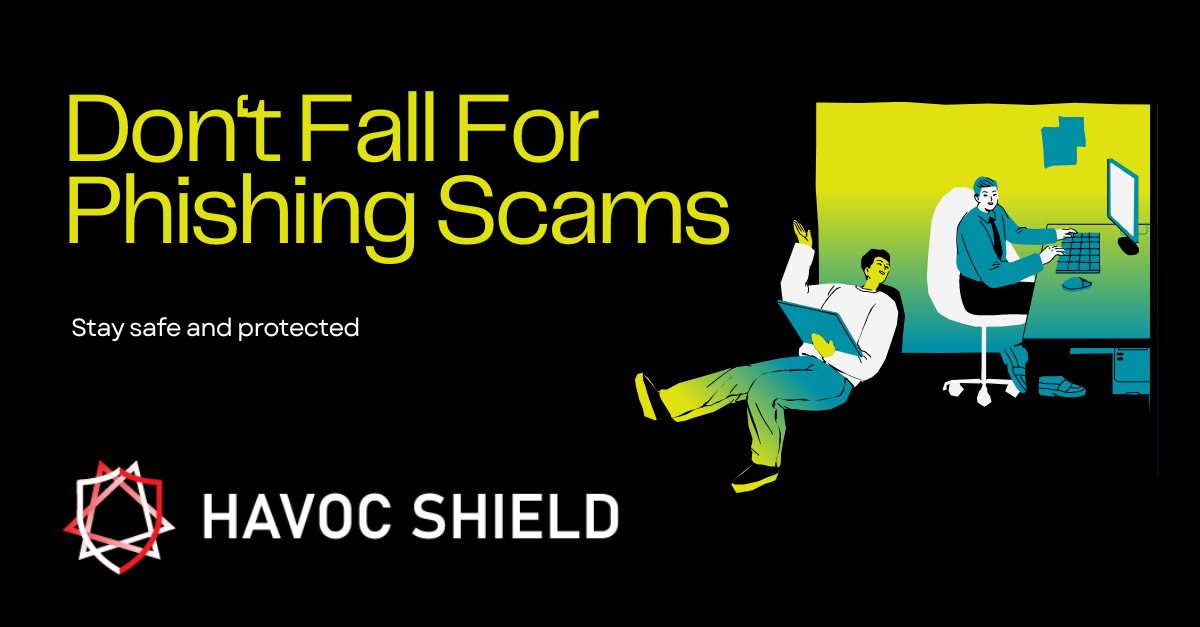We all know that email scams and viruses have been around for a while now—threats like phishing emails and malware have been around for decades. However, while technology has evolved from dial up modems, email remains the method of choice for hackers looking to use ransomware or other malicious software to effectively infiltrate businesses, especially small and medium sized businesses.
Attackers will use tactics to get your employees to download and open malicious files. These can be sent as an email attachment, linked or other hidden ways to open the door for damaging your business. Your business is now at risk of fraudulent transactions, data theft, and other confidential information being released. Because of this, email security is more important than ever!
Although it may be tempting to simply ask what types of email attachments are generally safe to open, the answer isn’t so straightforward. That’s where Havoc Shield’s Mail Armor can assist!
Havoc Shield’s Mail Armor service scans suspicious emails including the sender’s identity, links and attachments just by forwarding the message. We reply back with a decision on if it’s safe or not in minutes. No nosey inbox permissions required.
To help, here are some warning signs that an email may be malicious.
Suspicious Filenames
Giving a misleading filename to an email attachment is not a new tactic, but you’d it is often one that is overlooked!. This can be as simple as adding what appears to be a harmless file type extension just before the actual extension with hopes of the potential victim overlooking it with a cursory glance.
For example, naming an .exe file something like file.txt.exe to make it appear as a .txt file is a common method. It’s relatively easy for someone to hover over the file, see a .txt in small letters on the screen somewhere in the name, and assume it’s okay to open.
Odd Sender Addresses
You will see another common tactics from hackers involves masking their email addresses with fake ones that appear to be official. You will see them try to mimic first and last names, or use a well known company name. However, one tip is to scan over the sender’s details, and you’ll often see the sender’s real email address is something entirely different. Fake sender address emails are notorious for encouraging recipients to click on a link or download a supposedly safe attachment.
Trick Offers
You will even sometimes see offers to protect you from cyber security threats, that are really malicious emails. It’s also not uncommon to see these emails fake a cyber security company imploring you to download “virus protection software” that is, quite literally, the virus itself. Be sure to stay diligent and make sure the email address is one you know and trust!
When in Doubt, Always Play it Safe
In the event a potentially malicious or suspicious email does reach a primary inbox, and you are a Havoc Shield client, be sure to forward the email to one provided in your Havoc Shield portal and we will solve the mystery for you!
Otherwise, it’s always best to double-check with the person who sent it, especially if they are within the organization or have a working relationship with it. But, don’t reply back to the same email, start a new email to ensure you aren’t sending over a malicious email to someone else!
The cyber insurance market has responded to the security threat of employee error in multiple ways, including both true risk transfer and value-added services that can aid in mitigation and incident response.
Enroll in Havoc Shield’s Cybersecurity Program Today!
If you have concerns about whether your employees are trained to identify and report a malicious email and potentially withstand a cyberattack, allow Havoc Shield to help! Talk with our team to learn how our protective tools, including Mail Armor, cybersecurity awareness training, and phishing simulations can mitigate your phishing security risks. Or, learn more about our cybersecurity program by setting up a demo with a Havoc Shield representative.


